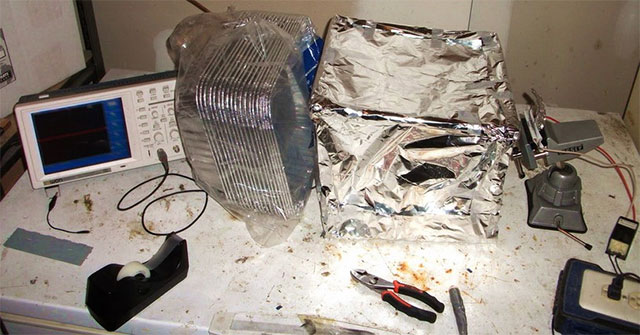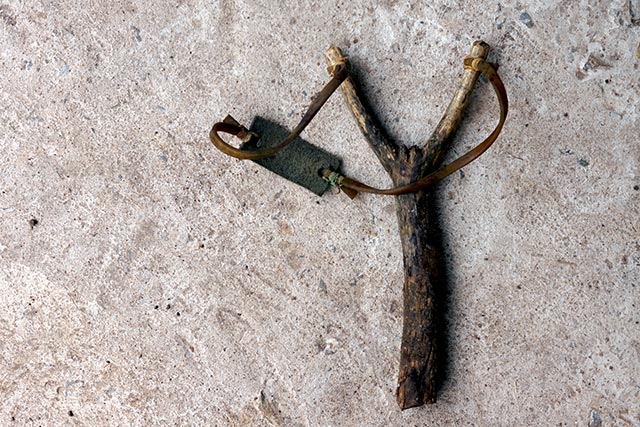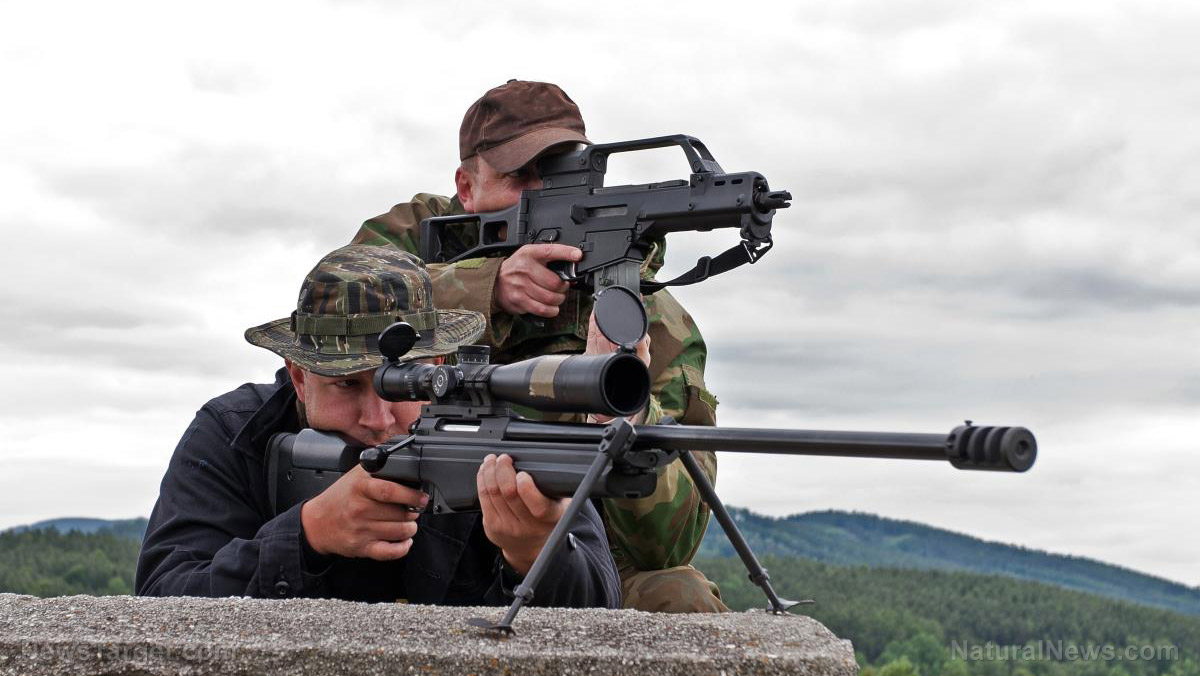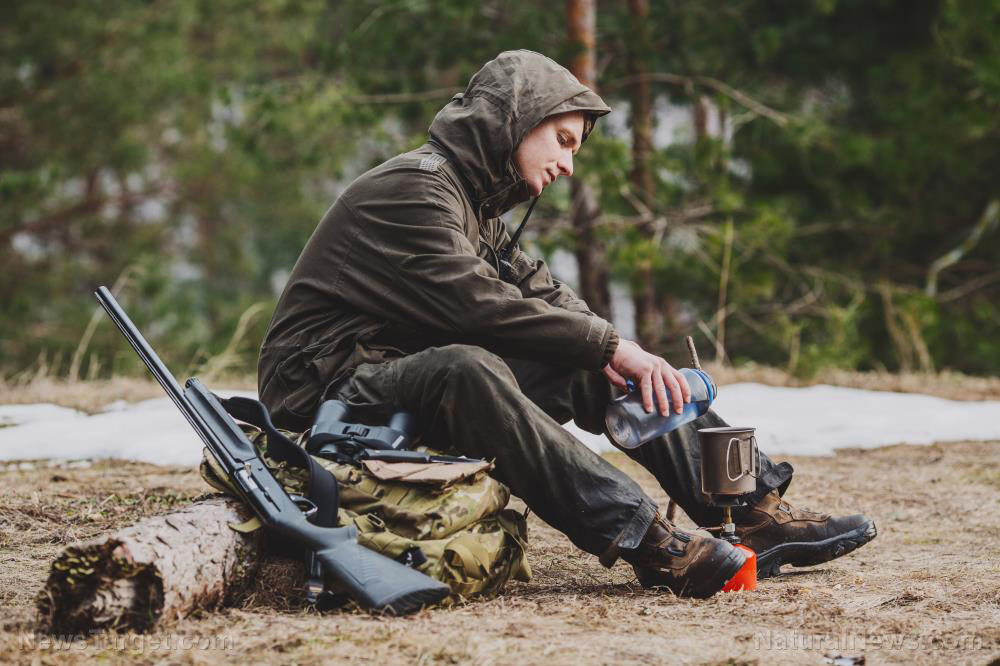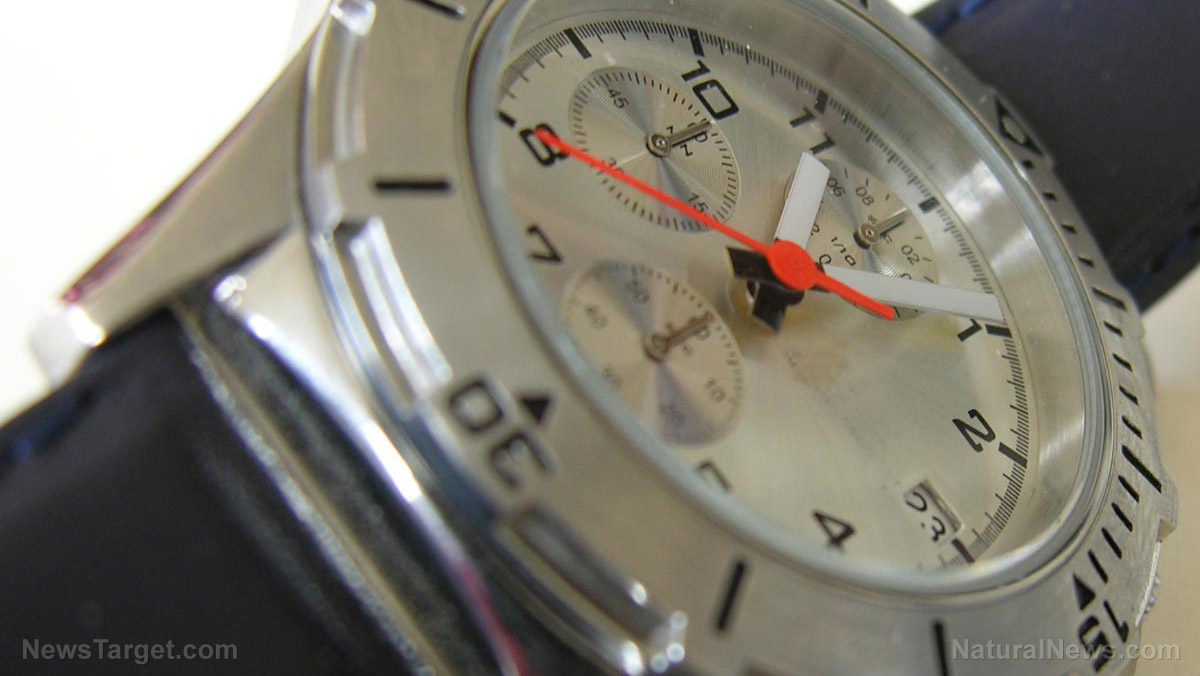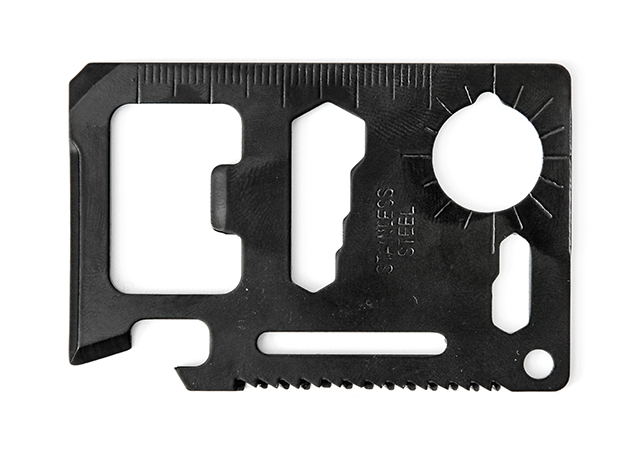Prepper defense: Make your own bulletproof body armor plate
07/21/2019 / By Paul Waters

When chaos and riots break out after a major catastrophe, being prepared will spell the difference between life and death. One of the things you will need to prepare for is self-defense, not only against people but against guns as well. The problem is, high-quality body armor is expensive, and not everyone can readily afford them. The ideal solution to this problem is for you to build your own bulletproof body armor plate. Body armor can be made from materials readily available in your local store, and depending on the type of armor you want to build, here are some of the body armors most people use.
Ceramic armor
Ceramic armor is designed to provide the same level of protection as steel without the added weight. Designed for enhanced projectile resistance, ceramic armors feature high-hardness and compressive strength engineered for effective projectile resistance. Most ceramic armors are made using silicon carbide, alumina, titanium diboride, and boron carbide. Ceramic body armor is usually backed by metal plates and may come with or without a composite layer in between. The disadvantage of ceramic is that it’s relatively more expensive compared to steel.
Steel armor
Compared to ceramic armor, steel body plates offer more resistance and protection. The downside with a steel armor is its weight. Ballistic steel is very difficult to handle because its weight which can hamper movement during emergency situations.
Fiberglass armor
Fiberglass armor seems to be the better choice when it comes to making your own bulletproof body armor. Not only is fiberglass highly durable, but it can also be cut and drilled in the field using ordinary power tools. Fiberglass is lighter, making it easier to handle compared to ceramic and steel armor plates.
Building your own bulletproof body armor plate
If you’re a fan of DIY projects, you’re going to love this one. The goal of this project is to help you create a Type IIA bulletproof body armor using only simple, everyday materials. You’re going to need:
- Fiberglass cloth
- Stainless steel sheet metal
- Polyresin
- Fiberglass plate
- Ceramic tile layer
- Stainless steel sheet
Instructions:
- Mix polyresin and the hardener and pour it over the ceramic tile plate and sheet metal, ensuring that the sheet metal is placed on the bottom of the mold. Allow it to cure for three days.
- Cut the fiberglass into 8- by 96-inch-wide strips on a board covered with saran wrap. Secure the fiberglass strips and use the polyresin for coating. Place the strips one over the other to create multiple layers of fiberglass. Each fiberglass striped should be placed in a perpendicular position. Once you reach the desired amount of layers, cover the fiberglass layers with saran wrap and clamp them for approximately three days to allow proper curing.y
- Combine the ceramic tile and sheet metal to the fiberglass plate using duct tape. Make sure that the ceramic tile goes first, the sheet metal next, and the fiberglass layer last.
Testing the armor’s stopping power
During testing, this body armor was capable of stopping a 9-millimeter luger / 115gr 9x19mm / 9mm parabellum round which was fired from a 3-inch barrel from a distance of approximately 10 feet. This armor plating was successful in preventing the bullet from penetrating and captured 100gr of the bullet, with the remaining weight of the bullet deflected to the side of the plate. The test also showed that the ceramic plate displayed fragmentation only on the tiles that came into contact with the bullet. The steel sheet showed signs of stretching and deformation and was clearly penetrated. Lastly, the fiberglass plate showed delamination in a 3 to 3.5-inch diameter wide pattern.
While not as effective as store-bought body armor, this homemade armor body plate can effectively protect you from what can be a fatal gunshot wound. With further testing, you can create a body armor that will fully suit your needs when SHTF. (Related: Prepping on a budget: Tips and tricks for preppers with limited storage space).
Keep yourself updated with the latest prepping news at Preparedness.news.
Sources include:
Tagged Under: bug out, homemade body armor, homemade bulletproof armor, how-to, off grid, off the grid, preparedness, prepper, prepping, self-defense, survival, survival gear, survivalist
RECENT NEWS & ARTICLES
COPYRIGHT © 2017 GEAR.NEWS
All content posted on this site is protected under Free Speech. Gear.news is not responsible for content written by contributing authors. The information on this site is provided for educational and entertainment purposes only. It is not intended as a substitute for professional advice of any kind. Gear.news assumes no responsibility for the use or misuse of this material. All trademarks, registered trademarks and service marks mentioned on this site are the property of their respective owners.









